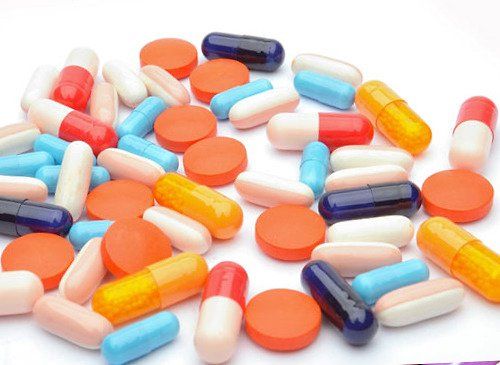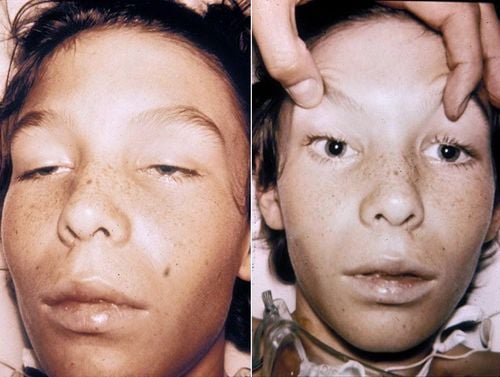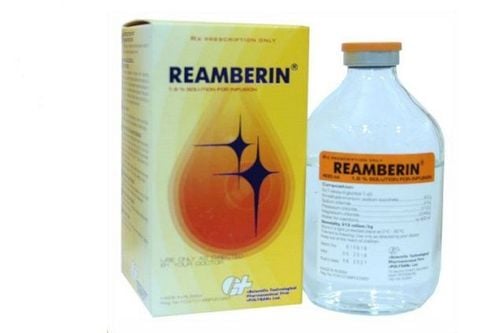This is an automatically translated article.
Honey is sweet and mellow, so parents and caregivers may think it's the best choice for babies. However, experts recommend that children use honey when they are over 12 months old. So is it good for children to eat honey? This article will provide more information on the benefits and risks of giving honey to babies.1. The risks of giving honey to babies
Clostridium botulinum poisoning in infants is the main risk of using honey too early. Infants under 6 months of age are most at risk of developing this condition.
Babies can be poisoned by ingesting Clostridium botulinum spores found in soil, honey and honey products. These spores turn into bacteria in the gut and produce harmful neurotoxins in the body especially the nervous system.
Poisoning is a serious condition. About 70% of infants with botulism may require mechanical ventilation for an average of 23 days. The average length of hospital stay for Clostridium botulinum poisoning is approximately 44 days. Poisoning can have many small improvements. Most infants recover with treatment. The fatality rate from poisoning is less than 2%.
In addition, other liquid sweeteners, such as molasses and corn syrup, can also pose a risk of botulism. Syrup is generally considered safe because it is produced by ingredients inside the plant and cannot be contaminated by the soil. However, some doctors discourage giving babies sweets until after their first birthday. It's best to consult your pediatrician before giving your child sweeteners as part of their diet.
2. Symptoms of poisoning

Trẻ ngộ độc Clostridium botulinum có thể cáu kỉnh, khó thở hoặc khóc yếu
The most common symptoms of Clostridium botulinum poisoning include:
Poor feeding Constipation Coma A child with botulism may also be irritable, have trouble breathing, or cry weakly. Some children may also have seizures.
Symptoms of Clostridium botulinum poisoning usually appear within 12 to 36 hours of eating contaminated food and usually begin with constipation. However, some infants with Clostridium botulinum poisoning may not show signs until 14 days after exposure.
Some symptoms of botulism, like lethargy and irritability, can lead to incorrect diagnosis of other illnesses, like sepsis or meningitis. Therefore, it is important for parents to let the doctor know if they have given honey to their children. Only then, the doctor can accurately diagnose the cause of the disease and give appropriate treatment methods for the child.
If your child has any symptoms of poisoning and has recently ingested honey then you should treat it as an emergency. All you need to do is go to the local emergency room where you live as soon as possible.
3. Benefits of honey
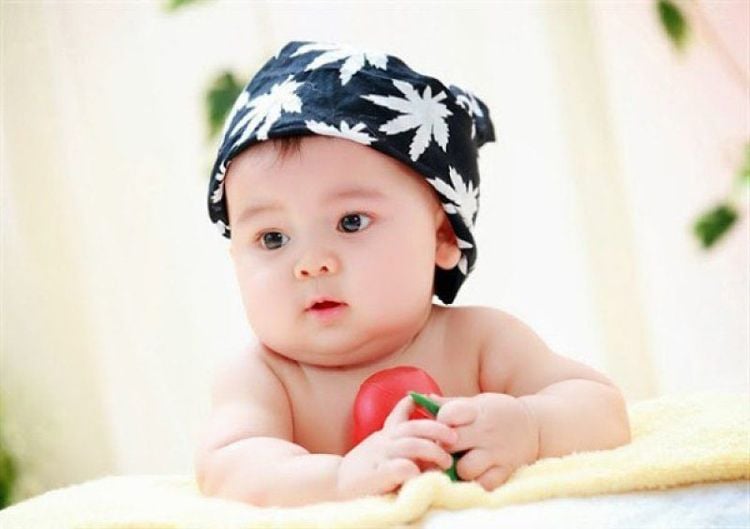
Nên cho trẻ ăn mật ong sau khi đã được trẻ được 12 tháng tuổi
Honey is believed to be a food with a number of nutritional benefits that your baby can enjoy. So how old can children eat honey? According to experts, giving honey to children is usually after they are 12 months old. Honey contains small amounts of:
Enzymes Amino Acids Minerals Antioxidants However, honey also contains modest amounts of vitamins such as: B vitamins and vitamin C. The nutritional value of honey depends on the source, as there are more than 320 varieties. Honey is also sweeter than standard sugar. That means you can use much less honey than sugar and still get a great taste. Other possible benefits include:
Honey may act as a cough suppressant, but should not be given to children under 12 months of age. Honey can help with wound healing when applied topically. Again parents should note, this method should not be applied to children under 12 months because Clostridium botulinum poisoning can enter the child's body through an open wound in the skin. If you're looking for the nutritional benefits of honey, it's best to choose unprocessed varieties. Even then, you still need to eat a lot to really get the nutritional value. In fact, a spoonful of honey does not provide your body with nutrients that have many benefits beyond the added calories. Therefore, the composition of honey is best when used sparingly. Also, parents should read product labels carefully as some regular varieties may contain added sugars and other ingredients.
4. Is pure honey better than other types of honey?
Raw honey is considered honey that has not been filtered or processed in any way. It is harvested directly from the hive and contains all the vitamins, minerals, and other healthy compounds found in filtered and processed honey. Raw honey may contain slightly higher pollen counts than other types of honey. So, if you are using honey at the same time to reduce the possibility of seasonal allergies, then raw honey may offer more benefits.
Pure honey can still cause poisoning when children under 1 year old when giving it to children. However, raw or unprocessed and processed honey can also be more expensive than filtered or processed honey.
5. How to help children get used to honey in the diet
As with all added sweeteners, there is no rush to give your baby honey. If you want to introduce honey in your child's diet, you can incorporate it by as simple as adding a little bit to your child's favorite food. As with any new dish that uses honey in cooking, it's a good idea to slowly add the honey to the food that's being prepared. Or use another method called the "wait four days" method to see if the child reacts. To use this method, give your child (if they are over 1 year old) some honey, then wait four days before adding the honey to another brand new food. If you see your child having a reaction to honey, contact your pediatrician for assistance.
5.1. How to add honey to your child's diet
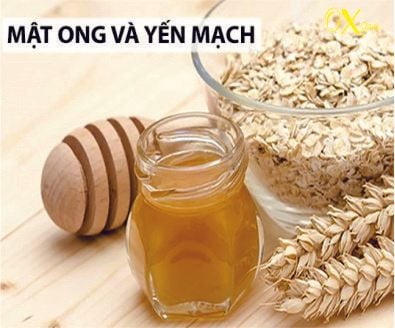
Bạn có thể trộn mật ong vào yến mạch giúp trẻ làm quen với mật ong trong chế độ ăn
Mix honey into the oatmeal. Spread honey on toast. Mix honey into yogurt. Squeeze honey into a homemade smoothie. Use honey instead of maple syrup on waffles or pancakes. If your child is too young to try honey, consult your pediatrician. You can try using maple syrup as a substitute in recipes. The nectar of the agave plant that can produce nectar is another option that closely resembles honey. However, with this product, there is no risk of poisoning for babies.
5.2. Substituting honey in baked goods You can also adjust the sugar honey content in your favorite recipes. When replacing honey in recipes, it can be applied by: for every 1 cup of sugar requested in a recipe, it will be replaced with 1/2 to 2/3 cup of honey. Or how much you can use is up to you. However, the sweetness of honey tends to be sweeter than sugar, so you can start with less and add more to suit your taste. And here are some more tips on how to use honey instead of sugar:
When you use 1 cup of honey in a recipe, reduce the other liquids by 1/4 cup. When you add 1/4 teaspoon of baking soda to each cup of honey, it can help reduce the acidity of the product you make.
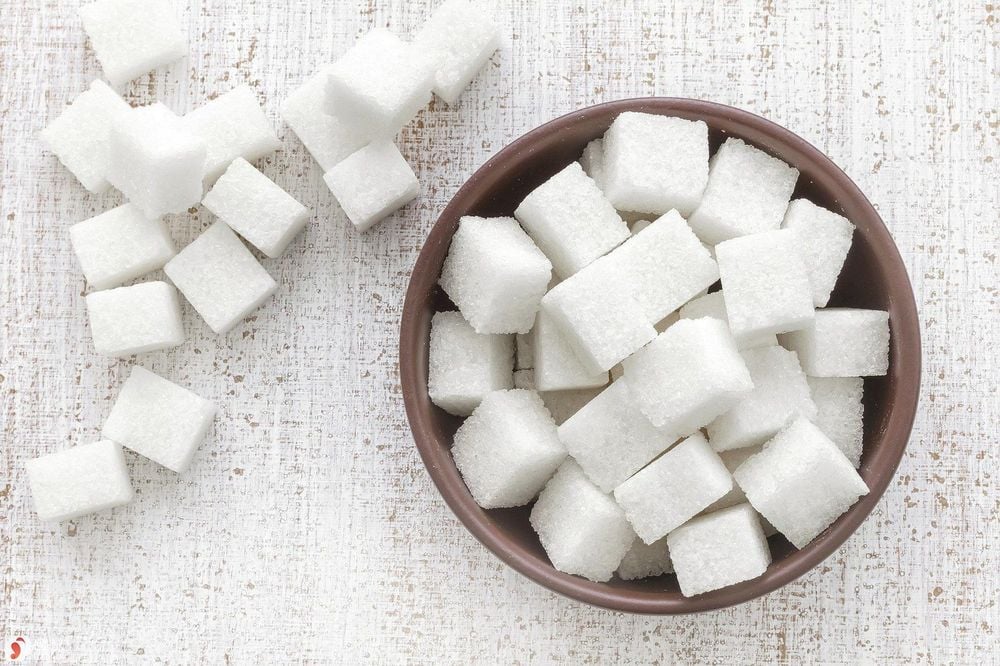
Sử dụng mật ong thay thế cho đường cũng là một cách bổ sung cho chế độ ăn uống của trẻ
For children to be healthy and develop well, it is necessary to have a nutritious diet in terms of quantity and quality balance. If children are not provided with adequate and balanced nutrients, it will lead to diseases of excess or lack of nutrients, which adversely affect the comprehensive development of children in terms of physical, mental and motor skills.
Children who do not eat properly are at risk of micro-mineral deficiency causing anorexia, growth retardation, malabsorption,... If they notice the above signs, parents should supplement their children with products. The supplement contains lysine, essential micro-minerals and vitamins such as zinc, chromium, selenium, and B vitamins to help fully meet the nutritional needs of children. At the same time, these essential vitamins also support digestion, enhance nutrient absorption, help improve anorexia, and help children eat well.
Parents can learn more:
Signs of zinc deficiency in children
Micronutrient deficiency and failure to gain weight in children
Please regularly visit Vinmec.com website and update useful information to take care of your child. Take care of the baby and the whole family.
Reference sources: babycenter.com, healthline.com, nhs.uk





